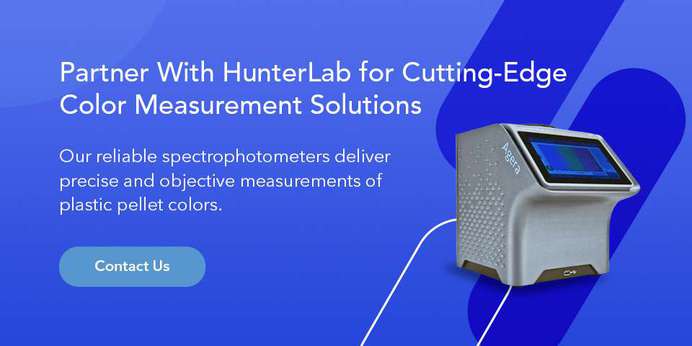What Alters Our Perception of Color?
According to the National Library of Medicine, changes in color perception increase as we age. The eyes' functional ability wanes as we get older, the same way the central nervous system’s storage, receptive and analytical capacities do. The changes in our eyes can also cause difficulty when trying to adapt to bright light and the inability to tolerate glare.
One of the primary reasons our color vision gets worse with age is because the lenses in our eyes become yellowish, which appears like looking through a yellow filter. This distortion can disrupt yellow and blue vision, preventing us from differentiating yellow from green and blue from purple in some situations. This misperception is particularly common with faded or washed-out colors.
While few people under 70 experience problems with color distortion, the rate increases significantly from that point forward. Still, many color misperceptions often go unnoticed because the distortions are minor.
Can We Restore Our Color Perception?
Although we cannot reverse the aging process and restore our vision to 100%, we can take measures to help improve and rebuild health and strength in our vision, beginning with the appropriate diet.
Diets rich in essential nutrients — like zinc, lutein and vitamins A, C and E — can help enhance and maintain eye health while reducing the risk of chronic and degenerative eye diseases. Specifically, vitamin A can improve your retina’s metabolism, and leafy green vegetables can boost your central nervous and immune systems.
While glasses do not seem to be a viable solution for restoring vision perception, cataract surgery can make a difference. Because the surgery replaces the lens, it eliminates the yellowish film and restores relatively clear vision.



